Archives
- 2025-12
- 2025-11
- 2025-10
- 2025-09
- 2025-03
- 2025-02
- 2025-01
- 2024-12
- 2024-11
- 2024-10
- 2024-09
- 2024-08
- 2024-07
- 2024-06
- 2024-05
- 2024-04
- 2024-03
- 2024-02
- 2024-01
- 2023-12
- 2023-11
- 2023-10
- 2023-09
- 2023-08
- 2023-07
- 2023-06
- 2023-05
- 2023-04
- 2023-03
- 2023-02
- 2023-01
- 2022-12
- 2022-11
- 2022-10
- 2022-09
- 2022-08
- 2022-07
- 2022-06
- 2022-05
- 2022-04
- 2022-03
- 2022-02
- 2022-01
- 2021-12
- 2021-11
- 2021-10
- 2021-09
- 2021-08
- 2021-07
- 2021-06
- 2021-05
- 2021-04
- 2021-03
- 2021-02
- 2021-01
- 2020-12
- 2020-11
- 2020-10
- 2020-09
- 2020-08
- 2020-07
- 2020-06
- 2020-05
- 2020-04
- 2020-03
- 2020-02
- 2020-01
- 2019-12
- 2019-11
- 2019-10
- 2019-09
- 2019-08
- 2019-07
- 2019-06
- 2019-05
- 2019-04
- 2018-11
- 2018-10
- 2018-07
-
br Introduction Acylglycerol acyltransferases AGATs are pred
2021-06-15
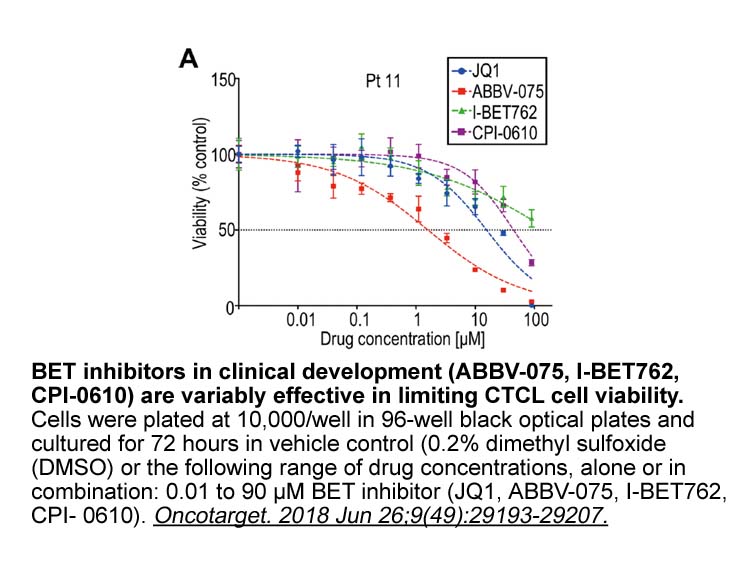
Introduction Acylglycerol acyltransferases (AGATs) are predominantly responsible for triglyceride synthesis in the body, via two major pathways: the glycerol phosphate (GP) pathway (Kennedy, 1957) and the monoacylglycerol (MG) pathway (see Coleman and Lee, 2004, Yen et al., 2008). The final step
-
Studies on the external dehydrogenases of N crassa have
2021-06-15

Studies on the external dehydrogenases of N. crassa have shown that the NDE1 protein is a Ca2+-dependent external NADPH dehydrogenase, while NDE2 is characterized as a dehydrogenase oxidizing both cytosolic substrates (external NADH and/or NADPH) (Carneiro et al., 2004, Melo et al., 2001). All three
-
Films treated with Diaz ES VWFIIINle but not
2021-06-15
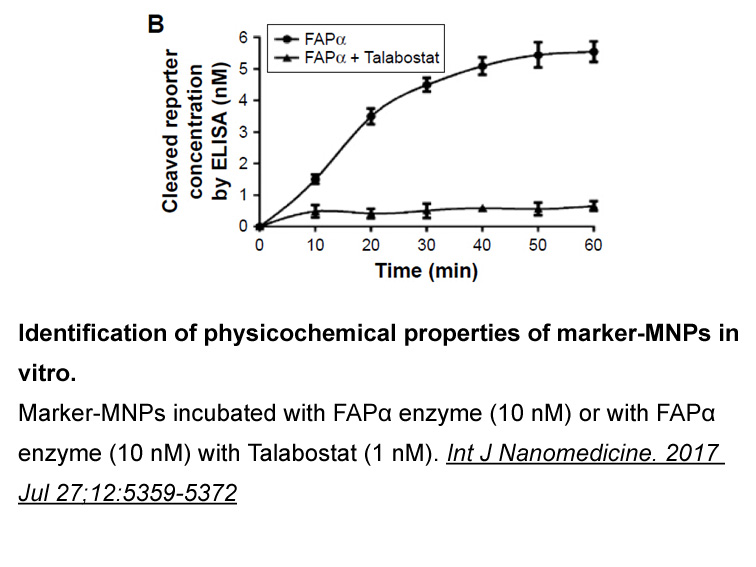
Films treated with Diaz-ES-VWFIIINle but not exposed to UV light supported only slight platelet deposition, suggesting that passively-bound peptides were removed under shear. However, treatment with Diaz-ES-VWFIIINle and UV restored platelet surface coverage to about 50% of the level on native colla
-
br Materials and methods br
2021-06-15
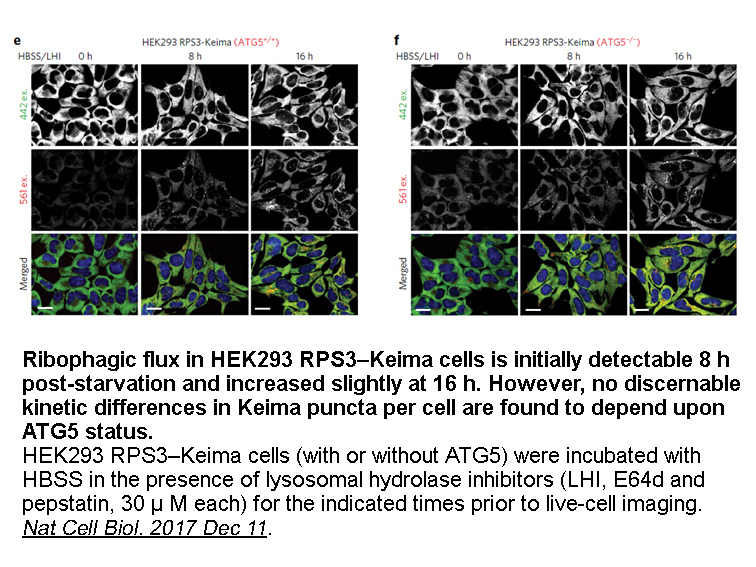
Materials and methods Acknowledgements SD was supported by a pre-doctoral research fellowship from the Flanders Agency for Innovation and Entrepreneurship (VLAIO-Flanders, Belgium). YB is supported by a postdoctoral fellowship from Research Foundation Flanders (FWO, Belgium). We thank Isabelle
-
br Materials and methods br Results
2021-06-15

Materials and methods Results Discussion NB has been shown to induce cancers in many tissues including the kidney, liver, and thyroid, following chronic inhalation in animals (Hsu et al., 2007). The available data indicate that a lager majority of studies on NB evaluate the effects of toxic
-
br Preparation of Recombinant Proteins br Activity Assays Th
2021-06-15

Preparation of Recombinant Proteins Activity Assays The following solvents are used in the procedures described in this section: Data Analysis Aryl radical rearrangements typically result in a large number of products being generated by Bmp7. Approaches combining mass spectrometry and NMR
-
A variety of fused membered ring
2021-06-15
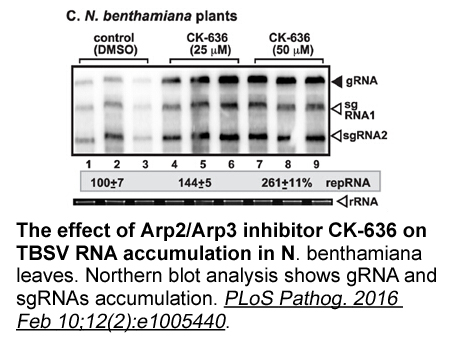
A variety of fused 6–5-membered ring chemotypes have arisen such as 7-azaindole acetic acids, benzimidazolyl acetic acids, spiro-indolinone acetic acids, and indolizine acetic acids, however, to the best of our knowledge, fused 5,5-membered ring systems have not been reported. Prostaglandin D (PG
-
The pyrrolo benzodiazepines PBDs are a family of antitumour
2021-06-11
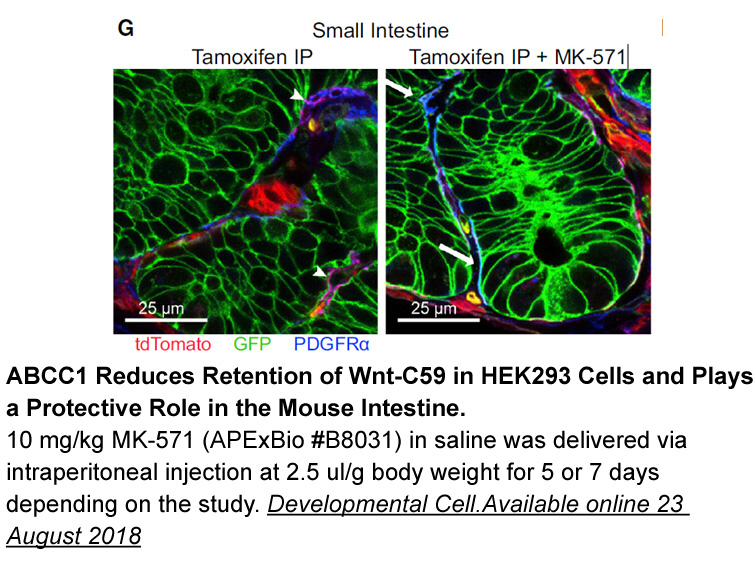
The pyrrolo[2,1-][1,4]benzodiazepines (PBDs) are a family of antitumour antibiotics that includes the natural products anthramycin and DC-81. They exert their cytotoxicity by covalently bonding to the exocyclic C2–NH group of guanine residues in the minor groove of DNA through their N10–C11 imine fu
-
Introduction br CK in the Regulation of Hh Pathway
2021-06-11
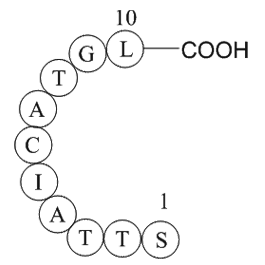
Introduction CK1 in the Regulation of Hh Pathway CK1 was initially identified as a negative regulator of Hh signaling at the level of transcription factor Ci by genetic studies in Drosophila and genome-wide RNAi screen in Drosophila cultured venlafaxine hydrochloride (Jia et al., 2005, Lum et al
-
While showing that deletion of EP maintains femur
2021-06-11

While showing that deletion of EP1 maintains femur bone volume fraction and trabecular bone parameters during aging, perhaps more importantly we have also demonstrated that increased initial BV/TV in EP1 is protective against OVX-induced bone loss. That is, while mice lose an approximately equal pe
-
Enzyme activity loss during the hydrolysis process has
2021-06-11
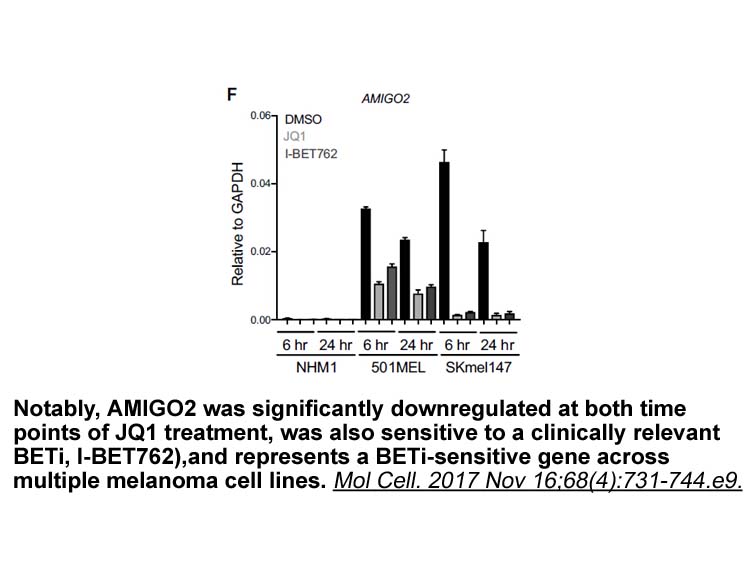
Enzyme activity loss during the hydrolysis process has traditionally been associated with thermal, mechanical, and/or chemical mechanisms (Okino et al., 2013, Ye et al., 2012, Zhang et al., 2010). Due to the recent discovery of enzyme activity loss due to interaction with substrate, it is important
-
As proof of principle the
2021-06-11
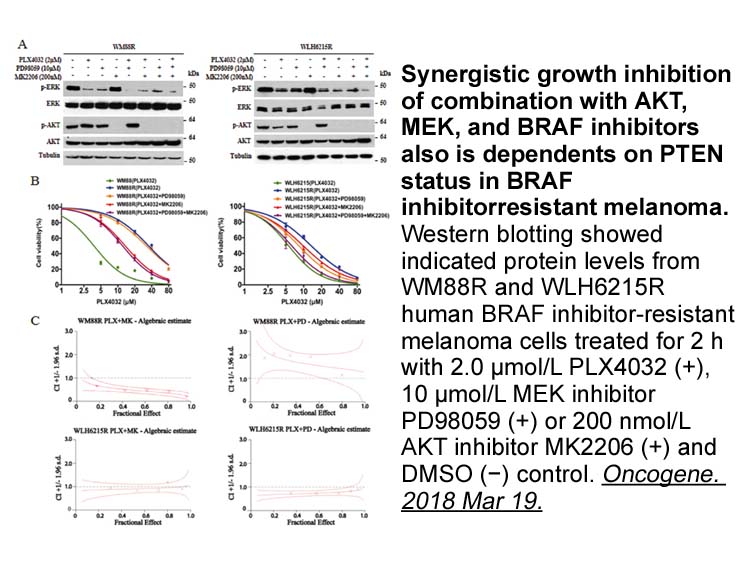
As proof of principle, the effect of selective blockade was measured using TAK-044, a peptide antagonist with approximately 250-fold selectivity for the ETA subtype over ETB as measured by ligand binding in the human heart. A 30-mg infusion over 15 minutes of TAK-044 (providing a serum concentration
-
ER redox imbalance leads to
2021-06-11
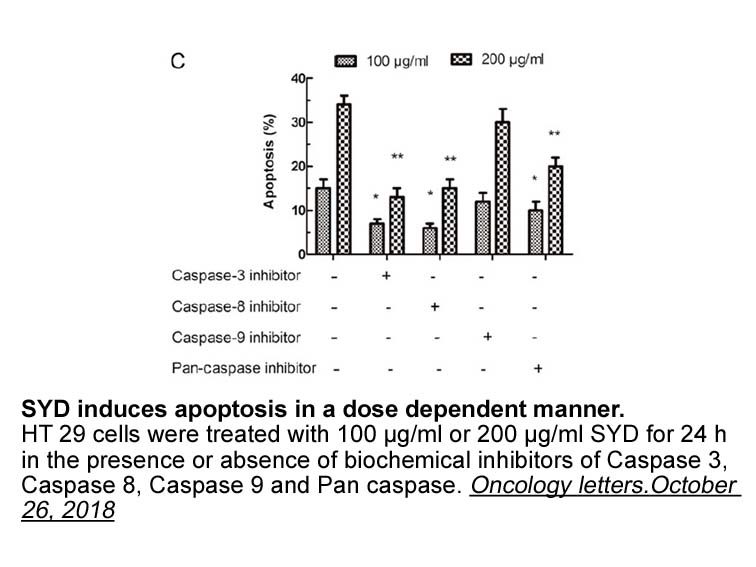
ER redox imbalance leads to the accumulation of misfolded proteins, which might trigger the unfolded protein response (UPR) [17]. In the initiation of UPR, GRP78 preferentially binds to unfolded proteins, shifting the binding equilibrium away from IRE-1, PERK, and ATF-6, the initiators of UPR [18].
-
With respect to bone metabolism and ossification related gen
2021-06-11

With respect to ‘bone metabolism and ossification’-related genes, treatment of SaOS-2 osteoblast-like abk with MS-10 up-regulated IGFBP-4, TG2, and SOST. Up-regulation of IGFBP-4 in SaOS-2 cells inhibits DNA and protein synthesis induced by IGF-1 (Kudo et al., 1995, Kudo et al., 1996). In addition,
-
As an endogenous negative modulator CRBN
2021-06-11
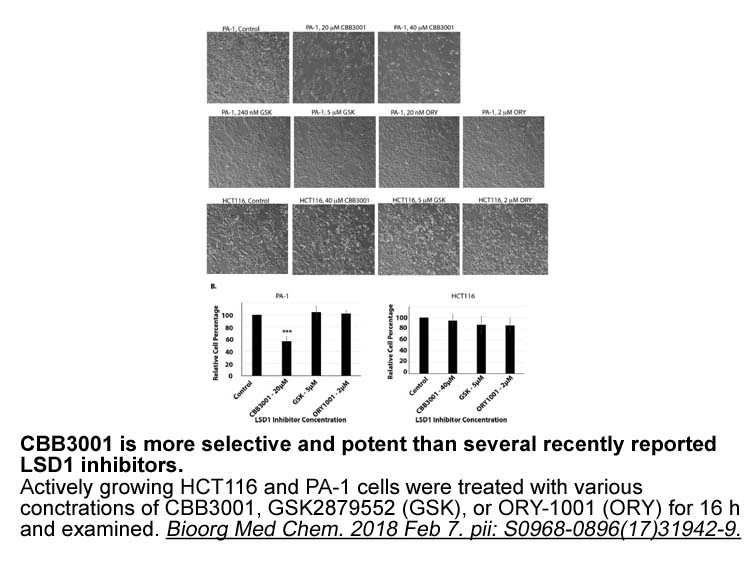
As an endogenous negative modulator, CRBN inhibits AMPK’s activation (phosphorylation of Thr172) by directly binding to the α-subunit of AMPK, disrupting γ-subunit recruitment to the AMPK complex (Lee et al., 2011, Lee et al., 2013). In our study, we did not focus on AMPK activation, since only a si
16429 records 658/1096 page Previous Next First page 上5页 656657658659660 下5页 Last page